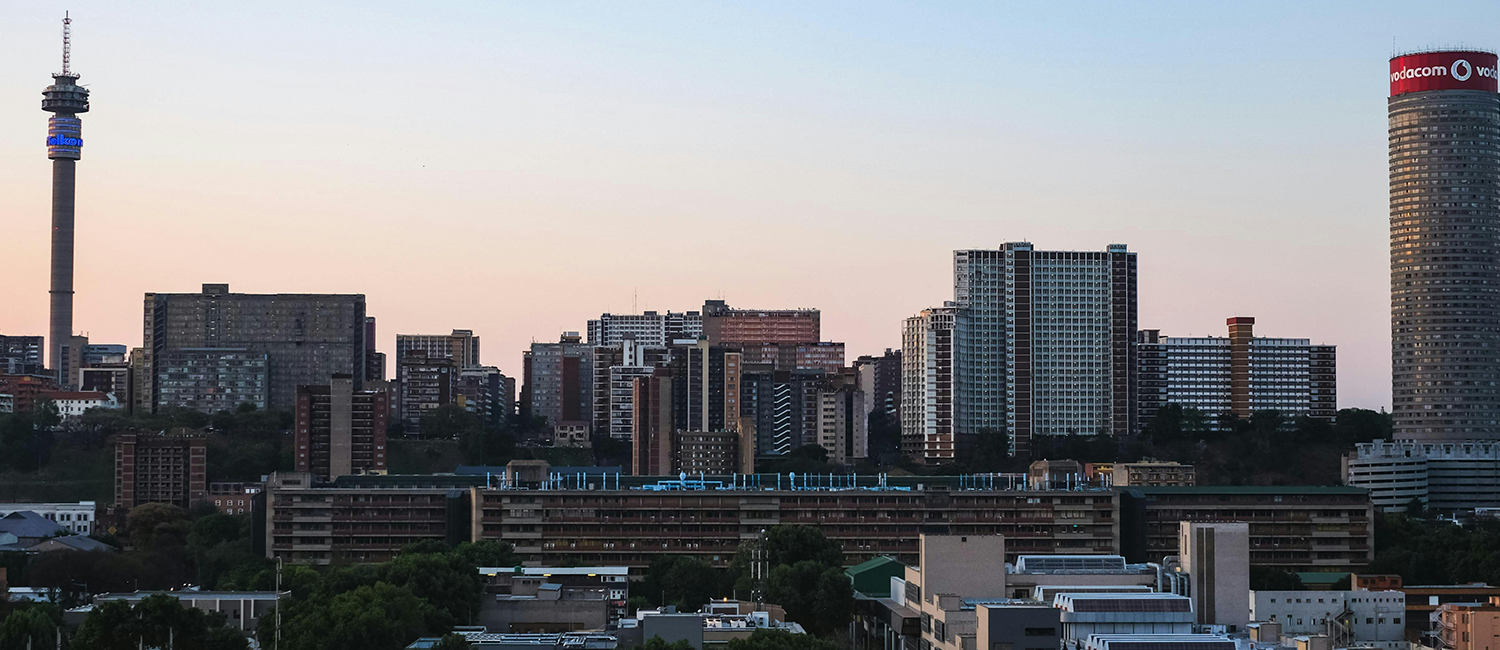The Women’s March statue, installed in Beyers Naude Square in central Joburg, will help to transform the heritage landscape of the city and build a more inclusive society.
Artist Lawrence Lemaoana, relatives and collegues , City officials former anti- apartheid activist Sophie De Bruyn and Executive Mayor, Parks Tau pose in front of the statue Artist Lawrence Lemaoana, relatives and collegues , City officials former anti- apartheid activist Sophie De Bruyn and Executive Mayor, Parks Tau pose in front of the statue The only surviving leader of the 1956 Women’s March was at the unveiling of a statue installed in tribute to those women who took part in the protest.
The statue, in Beyers Naude Square, in central Joburg, was unveiled on 24 August, as Women’s Month drew to a close. Women from all race groups and all walks of life marched on the Union Buildings on 8 August 1956 against the extension of the apartheid pass laws to black women.
Created by local artist Lawrence Lemaoana, the statue is of a woman holding a placard bearing the words “Democracy is dialogue”. In her other hand she carries a bottle with a candle in it to light her way. She also has a baby on her back.
It marks 59 years since the women marched to the Union Buildings in Pretoria, the seat of the South African government.
Sophie de Bruyn, the only living leader of the march, was joined at the unveiling by the relatives and colleagues of the late anti-apartheid activists, Lilian Ngoyi, Rahima Moosa and Helen Joseph, as well as City and government officials who gathered at the square to commemorate the event.
Unveiling of one the new street signs in the inner city Unveiling of one the new street signs in the inner city In his keynote address, Joburg Mayor Parks Tau said the unveiling of the monument played an important role in fast-tracking the transformation of public spaces. “These initiatives bring a significant transformation in the identity of the city and can be a physical realisation of our objectives to build an inclusive society with a shared future.”
He added that the government was trying to transform the heritage landscape of Johannesburg through new statues, monuments, heritage trails and formally recognised historical sites. “Transforming the heritage landscape will help our country to exorcise the apartheid demons that are still trapped in concrete in the public spaces our people pass through every day, enabling us to move forward as a nation,” he explained.
De Bruyn reminisced about the great women’s march and recounted the dignity and bravery of those women who changed the country’s history. “We are grateful for this honour,” she said. “We never expected that one day we would be rewarded for our efforts and never felt that we needed it.”
She described the statue as a magnificent tribute to the women who marched in 1956. De Bruyn was the youngest of the women who led the march of 20 000 to the Union Buildings of Pretoria, along with Ngoyi, Moosa and Joseph.
After the unveiling, the gathering proceeded to some of the streets in the inner city that have been renamed after these leaders. This is the first time the streets of the inner city have been renamed after women.
The first stop was the intersection of what is now called Pixley Seme Street and Helen Joseph Street. The latter was formerly called President Street. Next stop was Rahima Moosa Street; it was previously called Jeppe Street.
Museum Africa was the final stop, where the mayor unveiled the Lilian Ngoyi Street signs. Lilian Ngoyi Street was previously called Bree Street. Noord Street has been named after De Bruyn.

